My wife always wears a gold pendant round her neck with the head of a leopard. It is neither an heirloom nor some totem warding off the dark spirits. She simply likes it. I bought it for her in South Africa on impulse, but mindful that she is a part time wildlife photographer and has been to Africa on many occasions to do just that – photograph wildlife. She has the eye; she has the skills.
Nevertheless, this is just an entry point into a mention of another pendant that was purchased on a British Airways plane when such facilities were available, and before Alan Joyce introduced strap hanging on his Airbus festooned with images of himself as a pooka. Sorry I must have dozed off.
Anyway…
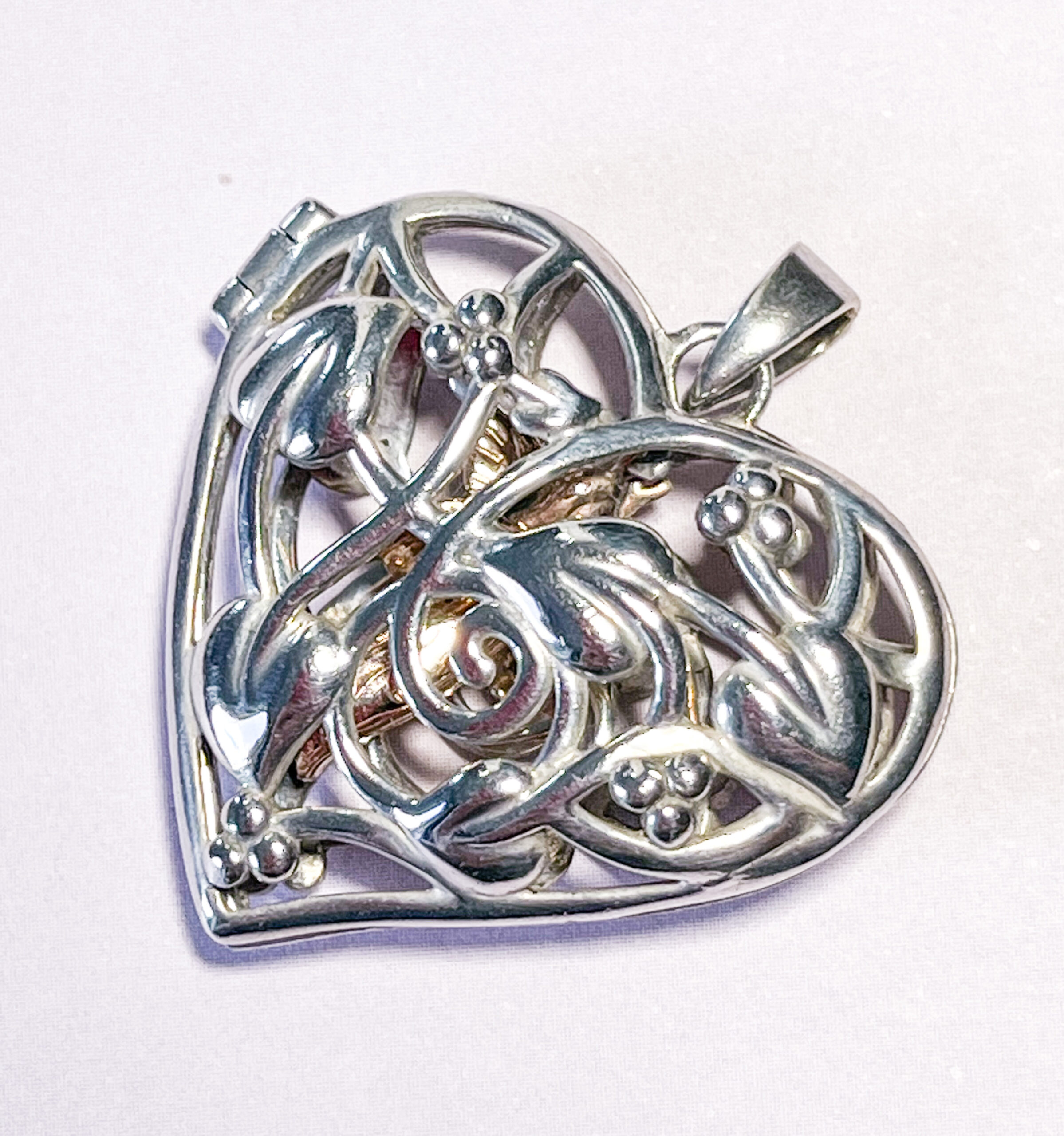
In this heart-shaped silver pendant was a rose gold sliver of a tiny angel. It was manufactured out of Welsh gold. In my last blog, I discussed the mining of silver in Northumberland. We tend to think of Great Britain minerals in terms of coal and tin – and in the case of Wales, slate.
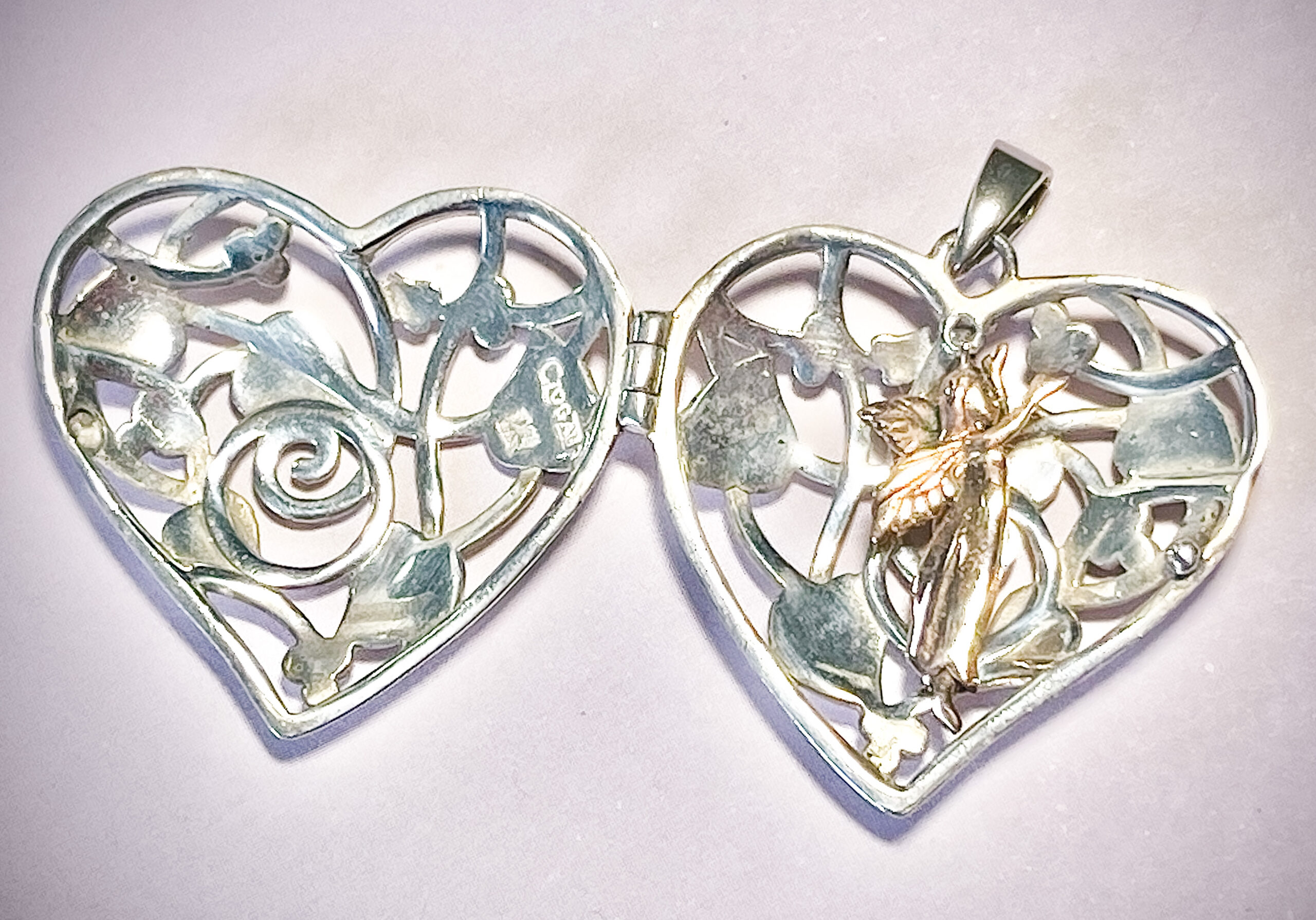
Here is gold that is Welsh.
Welsh gold has been mined in south Wales since Roman times and more recently, from the mid 19th century onwards until 1939, in Snowdonia in what was more a gold stumble than a rush.
Welsh gold has royal approval. Since Lady Mary Bowes Lyon married the future George VI in 1923, most, if not all, of the prominent royals have had their wedding rings made of Welsh gold. Twice for Charles III!
Not enough to entice my wife to wear her Welsh gold round her neck. She prefers the elegant leopard, one of her favourite Africans.
Dennis Pashen
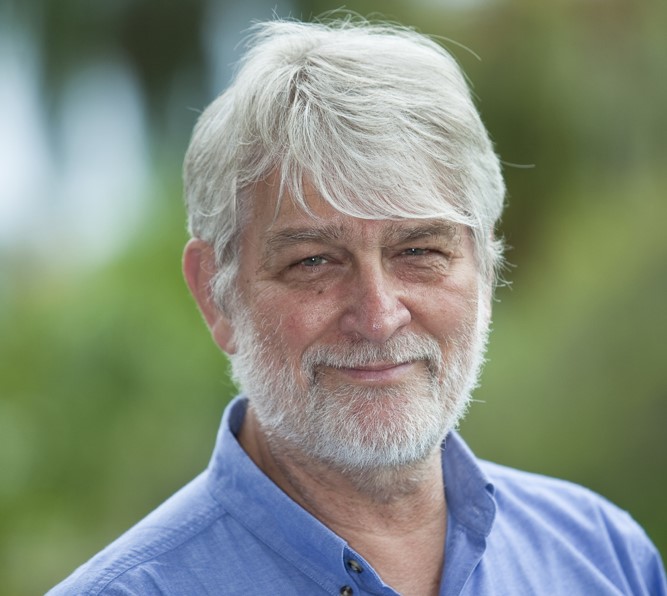 When I heard Dennis had died, my first reaction was of disbelief. For a guy who epitomised life, this was heresy that Dennis was dead.
When I heard Dennis had died, my first reaction was of disbelief. For a guy who epitomised life, this was heresy that Dennis was dead.
Then it sank in and when I heard the circumstances “Yes, that was Dennis, dear impetuous Dennis”.
When I first met Dennis, he had not long left his general practice in Ingham.
I found him somewhat of a shock. There was this bearded bloke with a loud voice confronting me. I don’t remember exactly where, because his manner of greeting never changed even when we became good friends.
In Dennis, I found someone who called it how he saw it. He did not dissemble. He loved company, his role often came across as too overwhelming, but underlying everything there was a caring and generous person. But he was a person always on the go, as though he had to cram as much as possible into his life.
However, although I knew him; there was stuff about him I could not quite understand. Sometimes I detected a hesitancy in his bravado, as though there was an inherent shyness, and he needed a façade to cover this sensitivity. When he was in charge, this innate sensitivity was converted into the leadership quality few of us have, but which made him a good leader because he was very aware of the people around him and their aspirations.
I disagreed with him on a few matters where his enthusiasm verged on the quixotic, but it did not interfere with our friendship.
The most important person in his life was his partner, Vicki Sheedy. She understood his foibles; she provided a degree of tranquillity for him. I remember once visiting him in Mount Isa, when he was in charge of the University Department of Rural Health there. It was a weekend and he was alone with his dog. He was uncharacteristically quiet and it was easy to see he was depressed. That time there was no Vicki; Dennis remained silent despite our trying to cheer him up, and it was an awkward meeting. He would not admit he was missing Vicki, but fortunately he came to terms with his own need.
There were many other meetings, but it is for others to list his achievements, his awards, his employment. Nevertheless, there was one occasion which exemplified our friendship. We were forced to share a motel room in the Queensland outback town of Julia Creek one night. This caused great hilarity among the assembled others. Of course, in the morning there were mutual accusations of snoring keeping the other awake. Actually, I had slept well.
Dennis was a child of Northern Australia, but with Vicki, he moved to Tasmania, to picturesque Middleton overlooking the D’entrecasteux Channel opposite Bruny Island. Vicki and he looked after his mother, Cleo there until she passed away. Dennis bought a boat; Vicki developed a magnificent garden.
Dennis did not retire. He worked as a general practitioner all over Tasmania, more than just filling in. He was attempting to build a coherent rural medical force. We own a property on the West Coast, and Dennis was often working in Queenstown, and he stayed with us in Strahan on many occasions. But he was always on the go; gone by seven in the morning. The world had to be confronted; to be treated. He was revered on the West Coast.
If Dennis were looking over my shoulder, I’m sure he would have corrected me on some of the things I have just written; but before I could reply he would be off in a plume of car exhaust.
Yes, Dennis, I miss you, dear friend. We all do.
The Forgotten Organ – The Thymus
I found out by accident that one of my cousins had died. Over the years, I hardly saw him. However, there was one year when our paths crossed. It was 1966. He started to become very weak despite being diagnosed with myasthenia gravis, a rare chronic autoimmune disease marked by muscular weakness without wasting and caused by a defect in the action of acetylcholine at neuromuscular junctions.
The treatment relies on inhibiting the breakdown of the acetylcholine, which facilitates electrical signals travel between the nerves and muscles. The use of such a drug can reduce muscle weakness, but the tablet needs to be taken several times a day. Normally people with myasthenia which is treated can live normal lives, but in his case the drugs were not seen to be working, the condition was “fulminant”, and he was clearly dying.
It was a time when the investigative tools were not as developed as they are today. But his clinical profile changed, and the cause of the intractable disease was revealed. He developed an acute mediastinal syndrome. His face became suffused. The veins on his neck stood out. He had some difficulty in breathing. He obviously had a mass in his mediastinum, the potential space between the rib cage and the vital structures in his neck. The mass needed to be removed immediately.
My involvement continued because, as one of the pathology registrars, I was called up to theatre because the senior thoracic surgeon was deep in an operation, and I realised he was operating on my cousin. When I arrived in theatre, I was able to see that the surgeon was removing a large mass from the neck. This was successfully removed.

The organ removed proved to be a large thymus. There was no sign of tumour. The pathology finding was confirmed as thymic hyperplasia. The thymus, which is an organ concerned with the integrity of the immune system, generally is vestigial by adulthood. It lies between the upper lobes of the lungs behind the sternum.
The thymus is associated for some unknown reason, when pathologically enlarged or has a tumour, with the kind of fulminant myasthenia gravis my cousin had. Recent evidence may suggest thymic myoid cells, which are muscle-like cells in the thymic medulla, may trigger the autoimmune response in myasthenia gravis.
My cousin was 24 years of age at the time of the operation, had a difficult post-operative recovery, needed treatment for the rest of his life, but died in September. He was 81 years.
People with myasthenia gravis normally can expect to live a so-called normal length of life. My cousin reached four score plus one, although I note that his death notice stated he died of cancer. Rest in peace, my cousin – but for those few months in 1966, he was the subject of much medical interest, and ultimately resolution of what would have been a completely avoidable death if he had succumbed then.
Ruddigore
I listened to Arthur Sullivan’s Irish Symphony this morning. My wife looked up and said the first movement was pleasant and reminded her of Mendelssohn. By the fourth movement the music was looking for a Gilbert libretto. The music had that bounce, that prance, that unmistakeable sound of Gilbert and Sullivan.
 I always remember that my father had the whole Ruddigore score on 78s. It was one of the lesser-known Gilbert and Sullivan scores, and there was a gothic element to it. I think my father liked the overture in particular, but Gilbert and Sullivan operettas were never much to my taste. No doubt Gilbert’s words were clever and contained a harshly comic appraisal of Victorian society. In themselves, the libretti were variably clever, yet they could be overlain by melodrama sketched out on a maudlin Victorian canvas.
I always remember that my father had the whole Ruddigore score on 78s. It was one of the lesser-known Gilbert and Sullivan scores, and there was a gothic element to it. I think my father liked the overture in particular, but Gilbert and Sullivan operettas were never much to my taste. No doubt Gilbert’s words were clever and contained a harshly comic appraisal of Victorian society. In themselves, the libretti were variably clever, yet they could be overlain by melodrama sketched out on a maudlin Victorian canvas.
Nevertheless, when I was an early teenager, I saw the film about Gilbert and Sullivan, really a forerunner of the Odd Couple genre. Sullivan was a somewhat prissy composer and Gilbert, the wordsmith, whose middle name was Schwenck was so apt. He was a “schwenck”; Robert Morley played Gilbert as himself. It was an effortless performance when you play yourself, as Morley did. I don’t remember the ending being so cringe-worthy. My memory was of Gilbert who outlived Suliivan sitting on a bench, a neutral satisfied pose of reflection, not the ghastly ending of a rebel who had been socially neutered by Victorian mores.
Richard D’Oyly Carte was the catalyst for the Gilbert and Sullivan relationship, which began with the satirical Trial by Jury. I remember this was the first Gilbert and Sullivan operetta I saw. It was paired with another short farce called Cox and Box where the music was Sullivan, but the libretto was by a guy called Burnand.
D’Oyly Carte built the Savoy Theatre in 1881 to house the pair’s works. This was followed by his construction of the Savoy Hotel. In the film D’Oyly Carte was played by Peter Finch. He played the role perfectly, never overtly intruding but adroitly managing an often difficult inter-personal relationship between the two.
I remember for some reason choosing The Savoy Operas as one of my school prizes. I think I was trying to please my father. The prizes given at that time were beautifully bound, but mostly well outside the interests of young boys.
Later in life we came to stay at the Savoy Hotel, spent Christmas one year in a suite overlooking the Thames. The Savoy always had charm.
But there is one idiosyncratic fact about the Savoy Hotel. There is a cul-de-sac and it is the only street in Great Britain where the cars drive on the right hand side. The reason is quaint. By approaching the hotel on the right-hand side of the road, either the chauffeur or the hotel’s doorman was able to open the door without walking around the car. This would allow the lady to alight from the carriage and walk straight into the hotel.
Does Michelin Bullock have the Appropriate Inflationary Characteristics? All Pumped Up, Her Salary on the Rise?
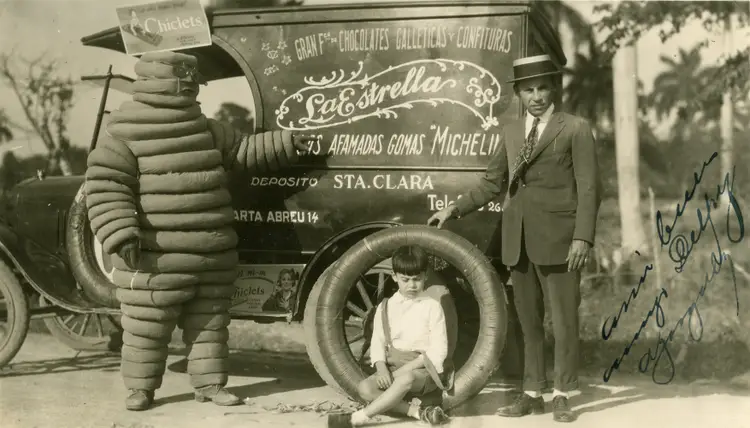
Michele Bullock, who was deputy governor prior to her promotion to the top role last month, earned remuneration totalling $828,313. That sum was almost 12% more than in the previous year when Bullock was an assistant governor for part of the period.
Hardly inflationary?
A great deal has been said about this bureaucrat, Michele Bullock, who seems to have had a constricted life experience as if she has been incarcerated since graduation in an economic monastic nunnery writing illuminated manuscripts.
She has worked almost continually in the Reserve Bank Closed Order since graduation and has taken a vow of silence to only speak to fellow nuns and monks and to select economists and politicians before retiring back to her comfort cell. She then is well shielded from the harsh reality of a person living on the basic wage, the ultimate inflationary scourge when they hold out the begging bowl and ask for more. Perhaps a few groats here and there for the peasantry, according to her edict, to be rendered toothless and with the standard Reserve Bank “puddin’ bowl haircut”.

Seriously, do we have to endure this person for the next five years?
Dutch Boy with the Ambiguous finger
The Dutch sociologist Hein de Haas is currently Professor of Sociology at the University of Amsterdam, a post he has held since 2015, He has written widely on immigration, and what drives the policies relating to the confusion which it causes so-called liberal democracies.
“Liberal democracies face a trilemma of reconciling three distinct aims: the economic need for migrant labour; the political desire to be seen to be controlling immigration; and the moral need to treat migrants and asylum seekers as people with rights and dignities. The seeming impossibility of achieving all three has led governments to pursue an overt policy of being tough on immigration, an often covert policy of increasing net immigration flows and a willingness to sacrifice the rights of migrants and asylum seekers to economic and political needs.

What the obsession with immigration does, De Haas observes, is make it easier to turn questions about social policy and home into a debate about an external threat to the nation. It turns immigrants into scapegoats and allows politicians to absolve themselves of blame, casting themselves as crusaders against that outside foe.”
The above appeared in The Guardian Weekly under the by-line of Kenan Malik on 17 November.
That is a calm academic analysis of what has been a deplorable spectacle culminating in years of inhibiting the migration of the refugees into this country. I’m not happy with myself for not speaking out earlier. But what would it matter. If one accepts and then appropriately compartments the Aboriginal assertion of having been here since Adam, migration has been a major driver in this country. Sometimes, the Aboriginal people may wish to contemplate why they fled so far from their African origins.
We are all migrants of sorts. Generally, people emigrate because they are looking for a better life. Australian migration from Europe has been complicated by its birth as a nation of convicts – a British prison for felons, vagabonds, the dross of British society guarded by a band of corrupt soldiers for whom rum was the preferred currency. The fact that some of the early administrators were enlightened was more an accident I suspect, but early white Australia must have been a not only unruly but also a deeply prejudiced society.
Gradually, migration was governed by the conditions in the country of birth. My great-grandfather came to Australia with his family to escapes the Irish potato famine, and my wife’s family to escape Lutheran persecution by the Calvinist Frederick William III of Prussia.
As I said above, people look for a better life.
In 1979 in the mangroves in front of the eponymously named motel in Broome there was an abandoned Vietnamese lugger. Then it was very recognisable being very close to shore and recently arrived. Between 1976 and 1986, 94,000 refugees from Laos, Cambodia and Vietnam settled in Australia. About 2,000 arrived by boat. The Australian Government then was very tolerant. I remember writing a piece during this time about the Australian Navy patrolling those waters seeking illegal fishing, with a particular concern for trochus shell – not pursuing asylum seekers.
The climate has changed. Over the years, the xenophobia, a characteristic which was exemplified by The White Australia policy and the fear of the “Yellow Peril” advancing south from Asia, has re-emerged. Among some Australians there is a visceral hatred of the black, the brindle and the yellow. The analysis above by Professor de Haas exemplifies the challenges, which are made worse by the fomenters.
The Fomenters have caused Australia to pay a great amount of questionable money to incarcerate immigrant boat people in New Guinea, Nauru and even Cambodia. I remember that the $40m allegedly paid to Cambodia for one poor sod settled there, unable to speak Cambodian, eking out a living as a street vendor. The amount of money wasted has never been properly investigated; the head bureaucrat who supervised this national disgrace was sacked this week. But corruption was widespread in his Department and in the places where the asylum seeking immigrants were imprisoned.

The Head Fomentor, Dutton the ex-copper, still wanders around with his bag of racial hatred and conspiracy. Remember in 2018 he described African gangs terrorising Melburnians so that they would not go out to restaurants at a time when the level of crime was actually falling across Victoria.
As the SBS responded at the time: “The depiction of Africans as packs or gangs has led to even more profiling and scrutiny of the community. The rising “fears” have since taken a bigoted turn with leaflets displaying pictures of black men being circulated in Melbourne with a call to stop. The language paints African men as uncivilised animals, hunting for their next “victim”.
Now, because the High Court has deemed unlawful the detention of some refugees, Dutton has been at it again, bullying the Parliament to force the detainees on release to have inter alia ankle cuffs and be subject to curfew. Group punishment for a group which may have a few murderers and sex offenders, who could have been treated separately. We have a border force, a Federal Police and numerous security staff. Dutton shows how gutless the politicians are not to stand up to him.
Some with guts should show the same moral integrity shown by some of my generation in seeing White Australia overturned. Stand up to the Fomentors; otherwise beware the disintegration of Australia as a civilised democracy. Extremism is always lurking under de Haas’ trilemma.
Don’t Let the Secret Out!
In 1980, I went to the British Medical Association (BMA) meeting In Newcastle on Tyne, and at the dinner we were regaled by the President of the Irish Medical Association, who gave the usual humorous unmemorable, Hibernian speech. We dined on Avocat norvegienne, Filets of Sole Veronique with all the trimmings and for dessert Pêche Clarence. I still have the menu, which lacks the wine we drank.
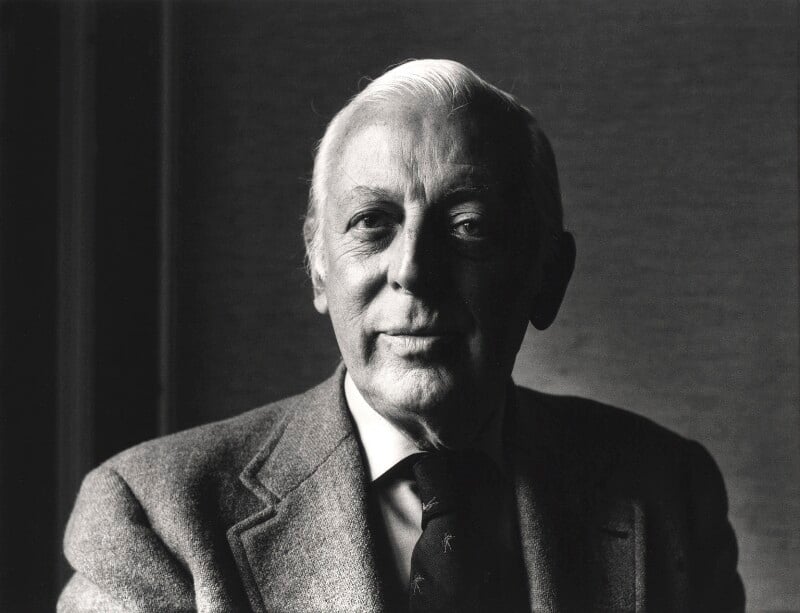
The next year, the BMA ventured to San Diego, as their first meeting overseas. I wished I had gone because Alistair Cooke gave the major address. With his normal droll tone, he is reported to have said to this medical audience: “Sometime in the nineteenth century, a medical degree descended like a small halo, and ever since the ordinary citizen has been secretly dazzled by it. The retention of the serpent as a logo has certainly kept alive the notion of the doctor as the possessor of a strange and subtle wisdom. Cherish and protect this illusion. It has not yet occurred to the layman that doctors – like cab drivers, schoolmasters, politicians and television repairmen – can be very good, indifferent, bad, or downright stupid.”
“Don’t let the secret get out!”
Without Comment
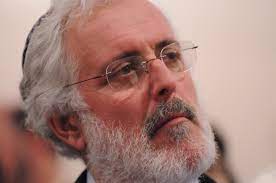
On Nov. 13, Rabbi Brian Walt of West Tisbury was among some 40 rabbis who gathered in front of the US Capitol to pray for a cease-fire in the Israel-Hamas war. The rabbis — part of a group called Rabbis for Ceasefire — mourned the 1,200 people killed by the Hamas attack on Oct. 7 and grieved for the approximately 240 Israeli hostages taken by the terrorists. They also mourned the Palestinians, now said to number about 14,000, who have been killed by the Israeli counterattack in Gaza.
Since that day in Washington, Rabbis for Ceasefire has grown in number to about 200. To Walt, that number, while still relatively small, reveals an increasing willingness in the Jewish community to speak out on a highly emotional and divisive topic: “What it shows is that more and more rabbis are feeling they can call for a cease-fire,” he said. From The Boston Globe
Mouse Whisper
William Auth was the editorial cartoonist for the Philadelphia Inquirer between 1972 and 2012. This cartoon below was published in the week ending July 4, 1982.
Seem familiar?

